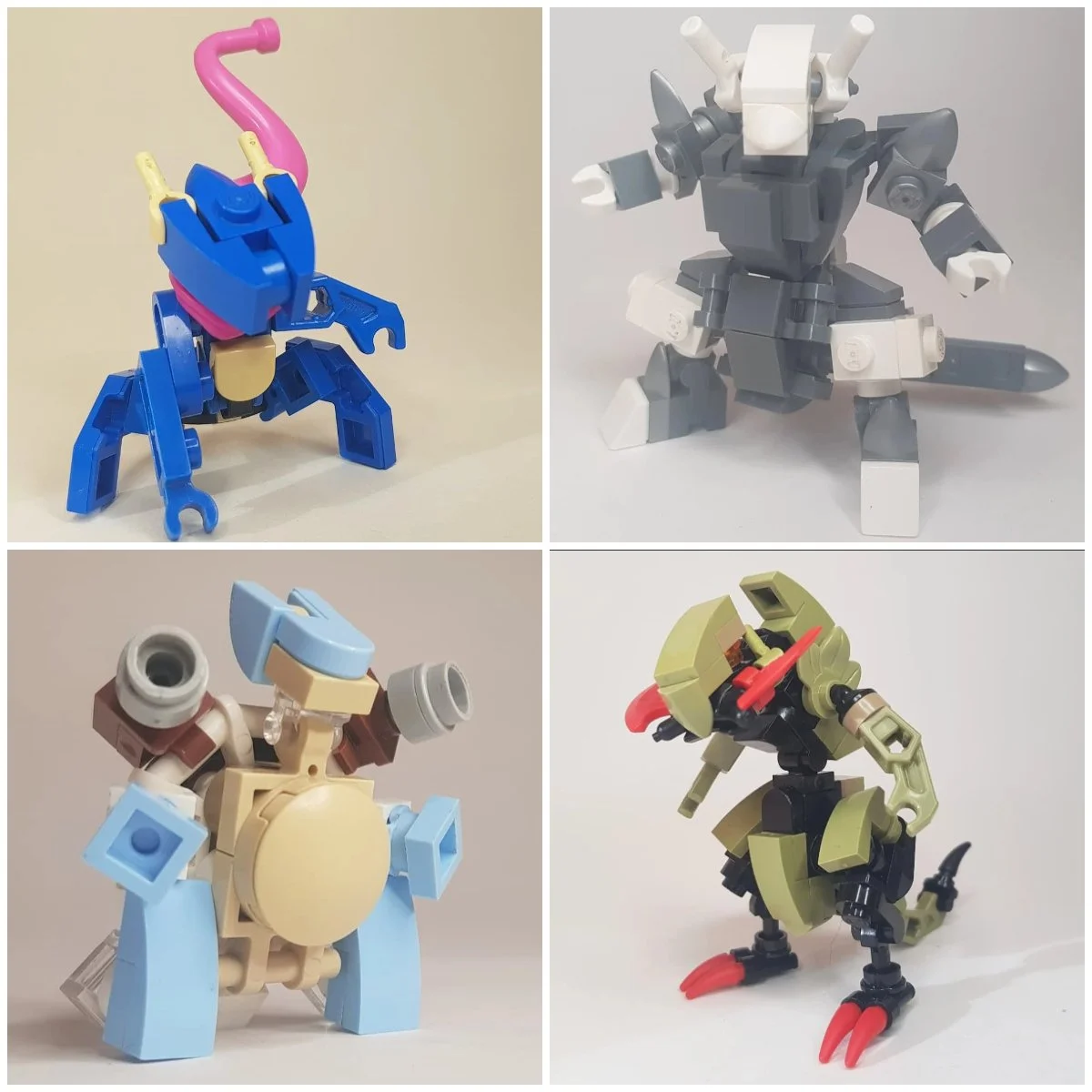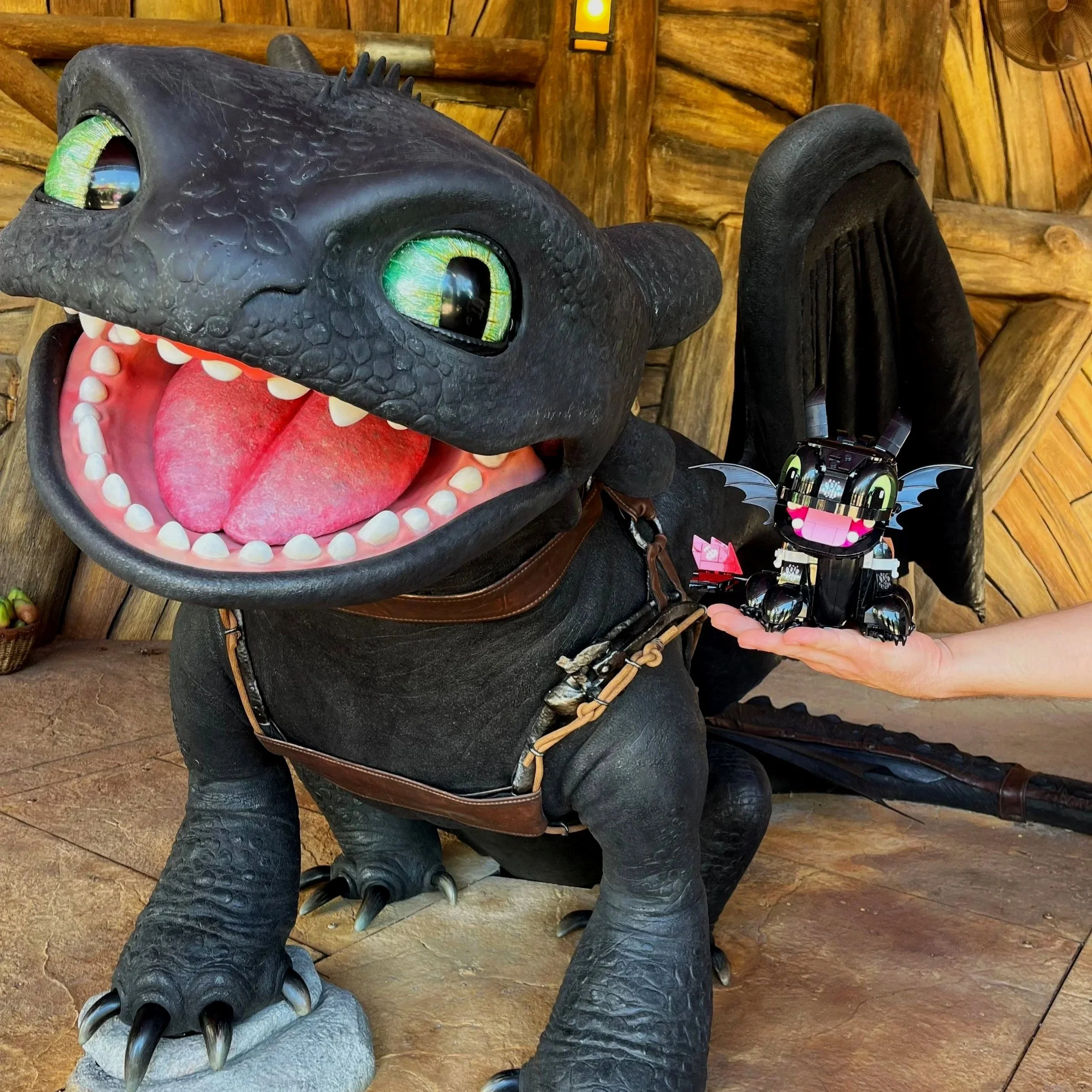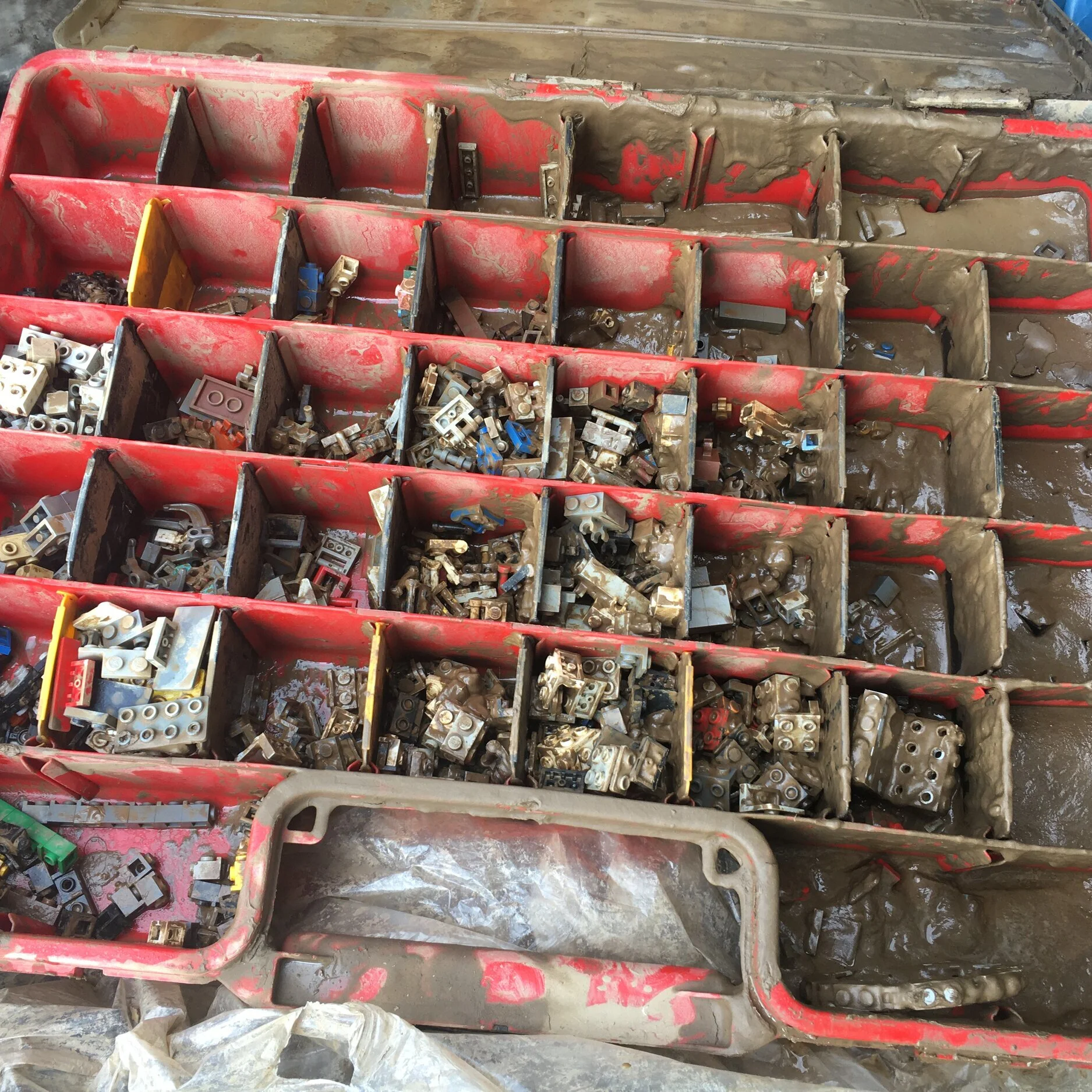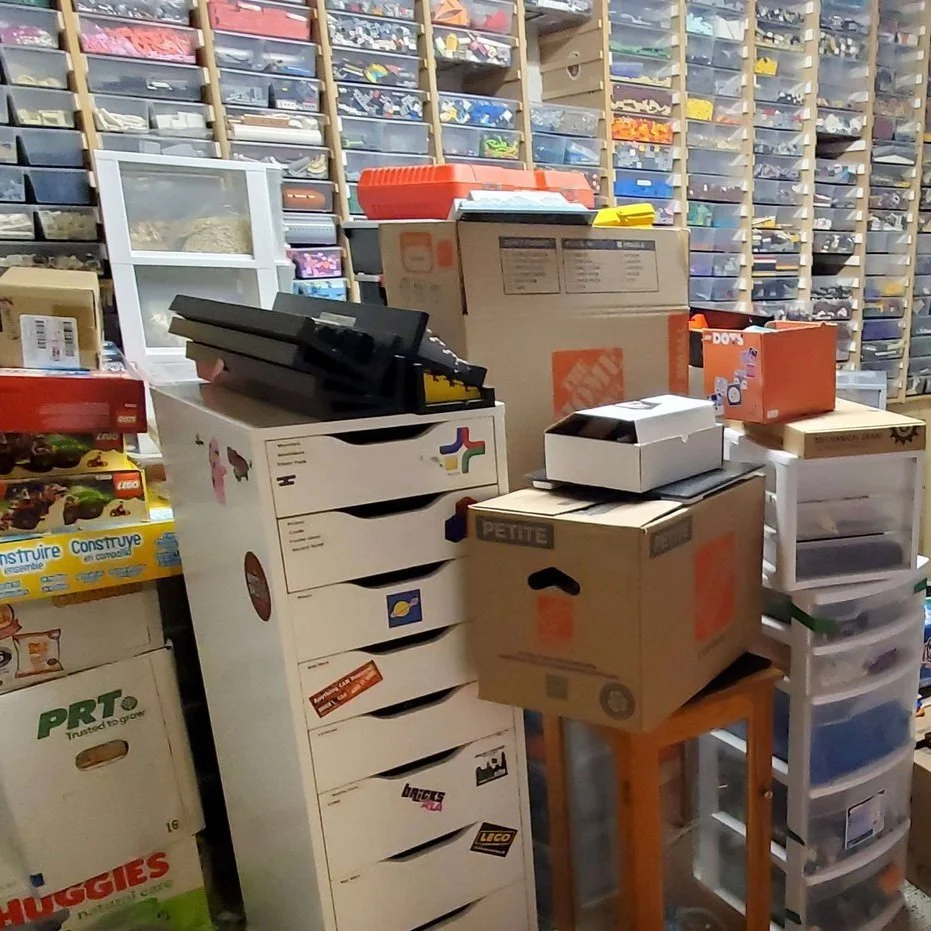15 Ways To Build LEGO Walls With Texture
/Welcome back all you beautiful builders! Today it´s time to look at a few techniques for building textured LEGO walls. I know, sounds amazing right? I mean, when looking at a building, is there really anything more exciting than the walls? More exciting than drying paint! (Um, never mind, don´t think about that too much…) Let´s just dive in and see what MOC examples are out there of cool LEGO wall techniques!
There are, of course, a variety of ways one can construct a LEGO wall, so let´s start with the more basic and work our way from there.
Stacking Bricks
First off, the most classic way is to simply stack bricks or plates on top of each other. This is a simple and sturdy way to get where you need to go. However, mixing different colours or types of bricks/plates can make even a simple technique seem rather impressive and interesting. Just look at this example from aukbricks (where she has been kind enough to “colour-code” the different types of pieces to make it easier to follow).
Or you could incorporate some more unusual pieces, for example, a bunch of ball joints like LittleJohn did to create some really interesting texture.
Adding bricks with studs on the side (SNOT) allows for easy connections with plates and tiles protruding from the otherwise smooth wall. This is a simple yet great way to add texture to a wall, suited perfectly for medieval builds like the one below from Isaac Snyder. The builder also makes great use of mixing different shades of tan to create some perceived texture on the smoother sections of the walls up top.
And always remember, sometime more is more. Just ask Grant Davis.
And of course, simply using different types of bricks, plates and tiles mixed together can really give you that weathered look, perfect for an old temple or something like that, like in these next few photos from me.
Using a combination of a plate-on-top-of-a-jumper-plate, and using them as separate “bricks“, is also a fairly simple (although wildly time-consuming…) way to give your wall an extra level of finish.
And if you ever ger frustrated, take a page from Grant and just blow everything up!
Speeding Things Up A Bit
Another fairly simple, and often “cost-effective“ way of building walls is to use plates on the side, which are then covered with tiles. This allows for rather large areas to be covered fairly easily and it makes it easier to vary colour changes in different directions. As illustrated below by Zilmrud.
And let´s not forget this great example from Isaac.
Getting A Bit More Complicated
Using some regular pieces in different and repetitive ways is always a great way to make something as mundane as a wall become the focal point of your build—illustrated very nicely here by Detroitika as they use parts of levers to create this amazing structure.
And if you, like me, have no regard for stability or gravity. May I recommend this technique by Simon Hundsbichler. Using cheese slopes and some plates held in place by gravity and friction, this is a stunning example of how you can create a very interesting wall with some rather common pieces. Just make sure to hold your breath when walking past it!
Speaking of Simon and some wild wall techniques, I had to include this one as well that creates larger “bricks” for an oversized masonry look.
Adding Structure And Depth
To create some depth and structure in your walls, you can use jumper plates to create some offset. This technique is used to perfection by Jonas Wide is his Oleander house from a few years ago.
Another use of the offset technique is illustrated beautifully here by mpoh98. This technique works great for large castle walls where you really want to show off the size of the building blocks.
Going Further Down The Rabbit Hole - Clips Galore
Building walls with some more unusual pieces all together can be a real eye-cather. Like this awesome technique by Patrick B. Using clips on the backside, he´s connected suitcases and used the bottom parts of them to make a wall. Just stunning!
Of course, I couldn´t do a technique spotlight without including Norton74´s awesome A-frame cabin. Making great use of the Thor´s hammer for the bottom part of the walls. And it is now a technique used in an official LEGO set!
Speaking of clips holding things together, Simon Hundsbichler uses this technique to hold tiles in place to create structure for one of his medival cottages.
Another example of clips-for-the-win is this rather piece-consuming one by Isaac Snyder.
As well as this one from Markus Ronge. Using several different types of plates and tiles, some even inverted, it makes for an interesting wall-structure that seems to be fairly stabile.
Going Crazy…
Ok, if you´ve gotten this far, we might as well go a bit nuts. And who better to take us there than one of the absolute best when it comes to interesting walls, Ralf Langer. Combining clips, sideways building, and different types of tiles and plates, we end up with something like this. A true work of art.
Or this one, from the same builder, where hidden clips and bars on the back allow for connections that seem to defy logic (or physics…)
Combining a few of these techniques, Ralf has created some of the most realistic medieval houses around. I mean just look at these walls!
I´m not even going to try and explain how this one by Grant Davis is made. I´ll just leave it here for you all to ponder and wonder. I highly recommend you check out this video the builder made before you go completely insane though… it´s truly amazing!
That´s all for now, folks. Thanks again for stopping by and learning how to build some impressive LEGO walls! And if you have more examples of fun techniques for walls, make sure you leave them in the comments.
Best of BrickNerd - Article originally published on April 16, 2024.
What’s your favorite wall technique? Let us know in the comments below!
Do you want to help BrickNerd continue publishing articles like this one? Become a top patron like Marc & Liz Puleo, Paige Mueller, Rob Klingberg from Brickstuff, John & Joshua Hanlon from Beyond the Brick, Megan Lum, Andy Price, Lukas Kurth from StoneWars, Wayne Tyler, Dan Church, and Roxanne Baxter to show your support, get early access, exclusive swag and more.











































